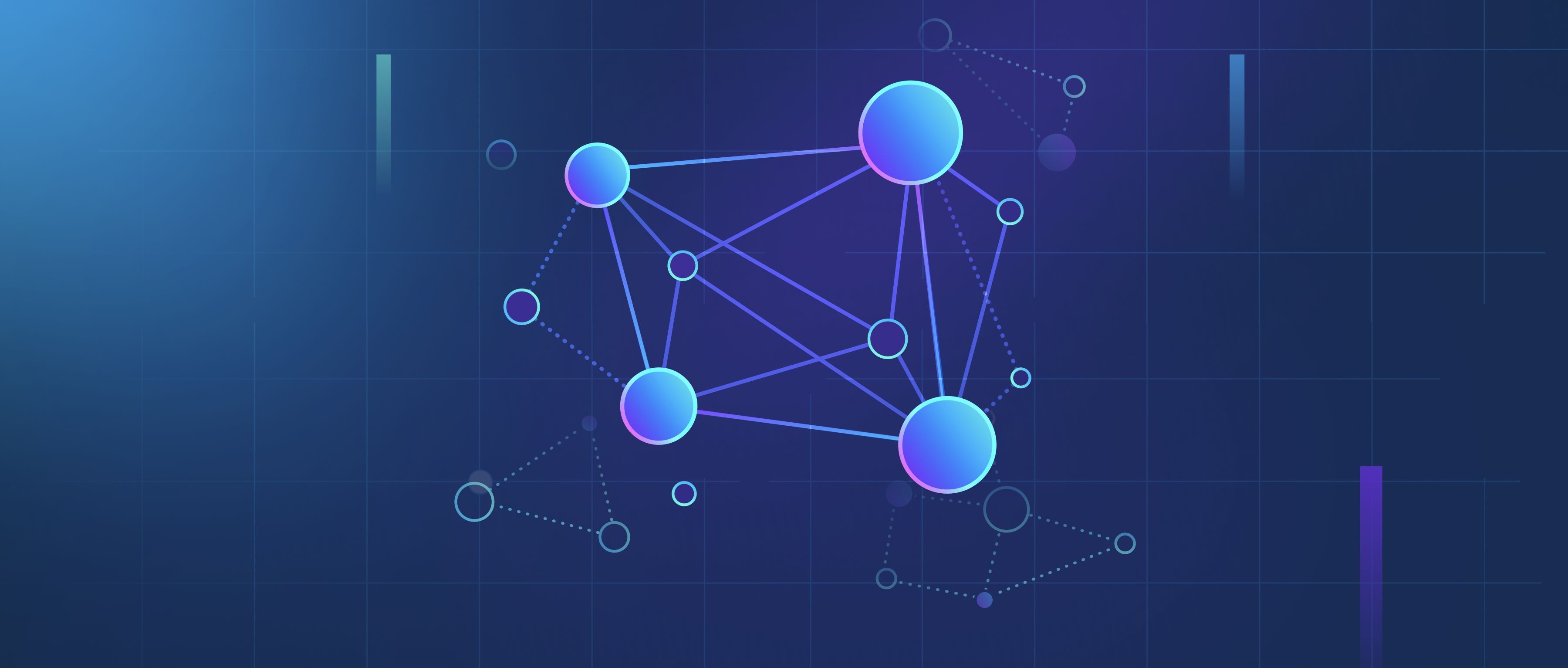Dense optical flow is used to calculate the motion of every pixel in a sequence of frames, with applications in video analysis and tracking. In video compression, it helps reduce file sizes by identifying areas of minimal motion and prioritizing areas with significant changes. It is also integral to stabilizing shaky video footage. In robotics, dense optical flow aids in navigation. Robots or drones use it to estimate motion relative to their surroundings, making it essential for obstacle avoidance and autonomous navigation. Dense optical flow also enhances virtual reality experiences by accurately tracking head and body movements. Another domain is sports analytics. It helps track player movements across frames, offering insights into player positioning, speed, and tactics. Filmmaking and gaming also benefit, as optical flow assists in creating smooth slow-motion effects or rendering realistic motion for characters.
What are the applications of Dense Optical Flow?

- The Definitive Guide to Building RAG Apps with LlamaIndex
- Getting Started with Zilliz Cloud
- How to Pick the Right Vector Database for Your Use Case
- Information Retrieval 101
- Vector Database 101: Everything You Need to Know
- All learn series →
Recommended AI Learn Series
VectorDB for GenAI Apps
Zilliz Cloud is a managed vector database perfect for building GenAI applications.
Try Zilliz Cloud for FreeKeep Reading
What methods can be used to estimate the storage size of an index before building it (based on number of vectors, dimension, and chosen index type)?
To estimate the storage size of a vector index, start by calculating the raw data size. Multiply the number of vectors (
What are the key benefits of using knowledge graphs?
Knowledge graphs provide several key benefits that can enhance the way data is organized, accessed, and utilized in vari
How do open-source projects manage volunteer contributions?
Open-source projects manage volunteer contributions through structured processes that facilitate collaboration while ens